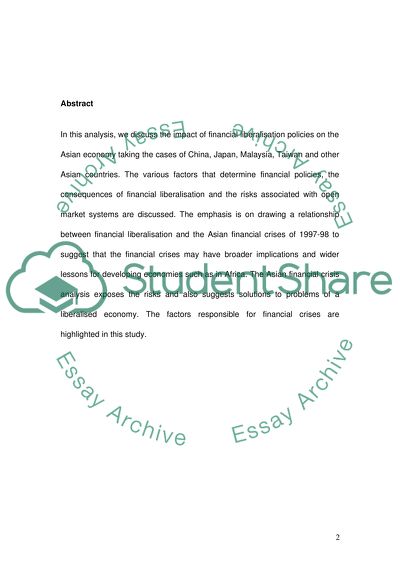Cite this document
(“Financial Liberalisation in Emerging Economies Coursework”, n.d.)
Financial Liberalisation in Emerging Economies Coursework. Retrieved from https://studentshare.org/sociology/1525810-financial-liberalisation-in-emerging-economies
Financial Liberalisation in Emerging Economies Coursework. Retrieved from https://studentshare.org/sociology/1525810-financial-liberalisation-in-emerging-economies
(Financial Liberalisation in Emerging Economies Coursework)
Financial Liberalisation in Emerging Economies Coursework. https://studentshare.org/sociology/1525810-financial-liberalisation-in-emerging-economies.
Financial Liberalisation in Emerging Economies Coursework. https://studentshare.org/sociology/1525810-financial-liberalisation-in-emerging-economies.
“Financial Liberalisation in Emerging Economies Coursework”, n.d. https://studentshare.org/sociology/1525810-financial-liberalisation-in-emerging-economies.


